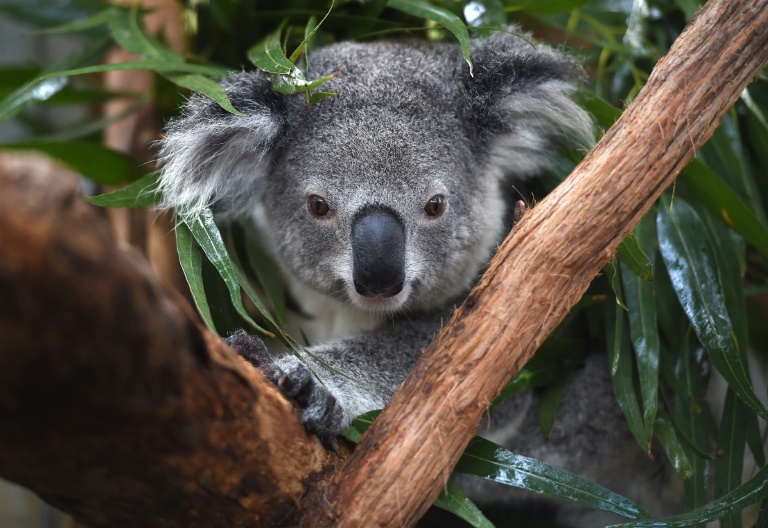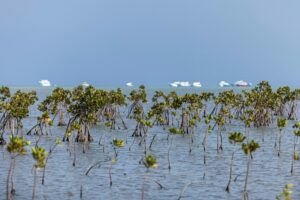Which species will become extinct next? New model reveals the answer

Koalas have been listed as endangered across a large section of Australia’s east coast – Copyright AFP Dave Chan
Which animals are most vulnerable to climate change? What are the factors that make species extinction more likely for one group of animals in contrast with another? These are important questions that scientists based at Ludwig-Maximilians-Universität München have been exploring.
Drawing on the fossil record to better understand what factors make animals more vulnerable to extinction from climate change, researchers have come up with a new framework. The methodology could help to identify species most at risk in relation to human-driven climate change.
Valuable data was drawn from comparing the fossil record for marine invertebrates (like sea urchins, snails, and shellfish) over the past 485 million years. This is a valuable pool of data since marine invertebrates have a rich and well-studied fossil record. This makes it possible to identify when, and potentially why, particular species became extinct.
The dataset extended to 290,000 fossil records covering more than 9,200 genera.
The model revealed that species exposed to greater climate change were more likely to become extinct. In particular, species that experienced temperature changes of 7°C or more across geological stages were significantly more vulnerable to extinction.
The scientists found that species occupying climatic extremes (as in polar regions) were disproportionately vulnerable to extinction compared with animals that reside in more temperature climes.
It also stands that animals that can only live in a narrow range of temperatures (especially ranges less than 15°C) are significantly more likely to become extinct.
An important variable across all environmental conditions was geographic range size. This was found to be the strongest predictor of extinction risk. It follows that species with larger geographic ranges were significantly less likely to go extinct. Body size was also important, with smaller-bodied species more likely to become extinct.
This creates a concern around the idea of the loss of biodiversity increasing the risk of ‘extinction cascades‘, where an initial species loss leads to a domino effect of further extinctions.
With each of the above traits, these had a cumulative impact on extinction risk. In other words, species with both small geographic ranges and narrow thermal ranges were by far the more susceptible to extinction when examined against species that had only one of these traits.
The research appears in the journal Science, titled “Climate change is an important predictor of extinction risk on macroevolutionary timescales.”
Which species will become extinct next? New model reveals the answer
#species #extinct #model #reveals #answer





